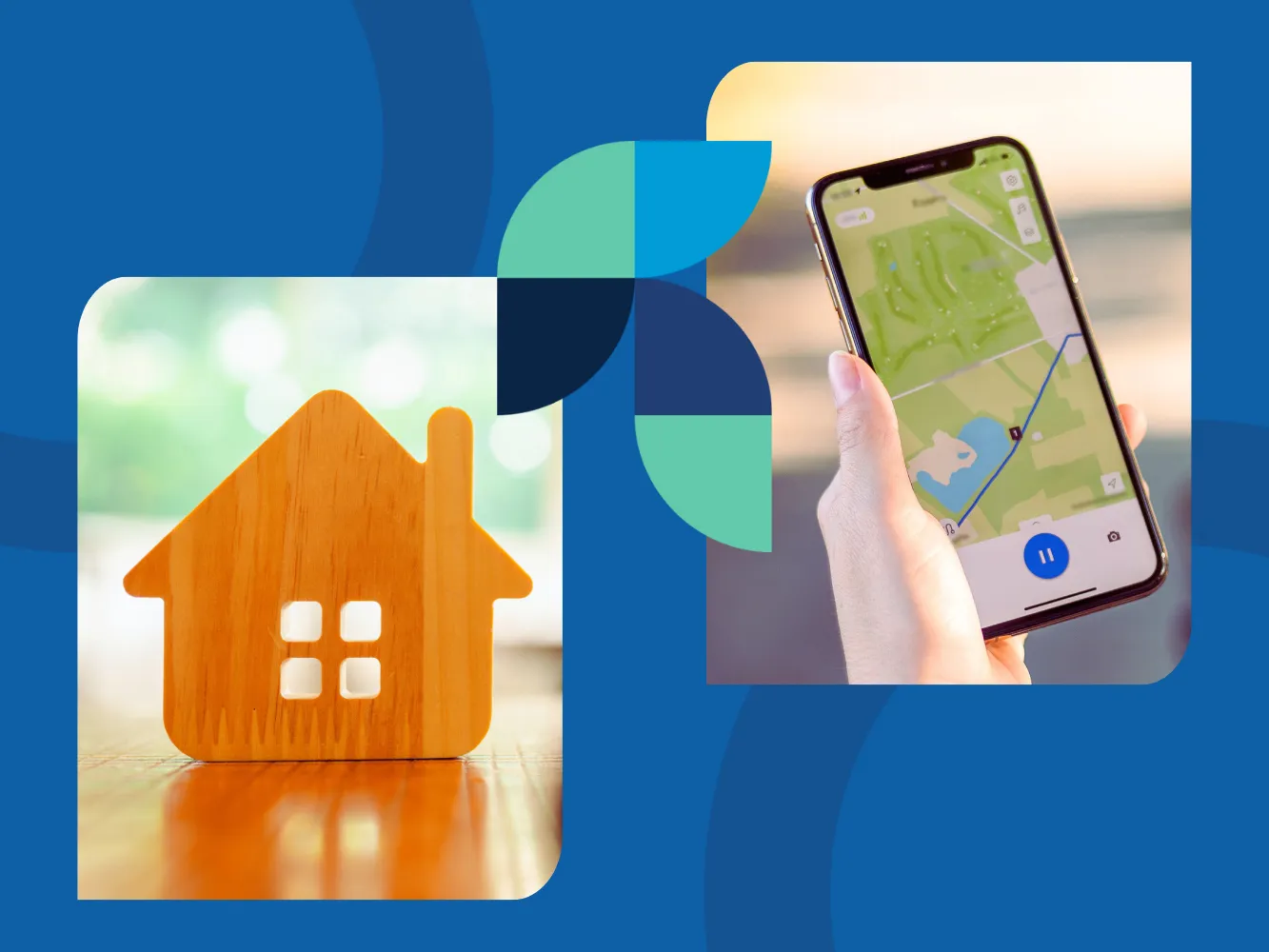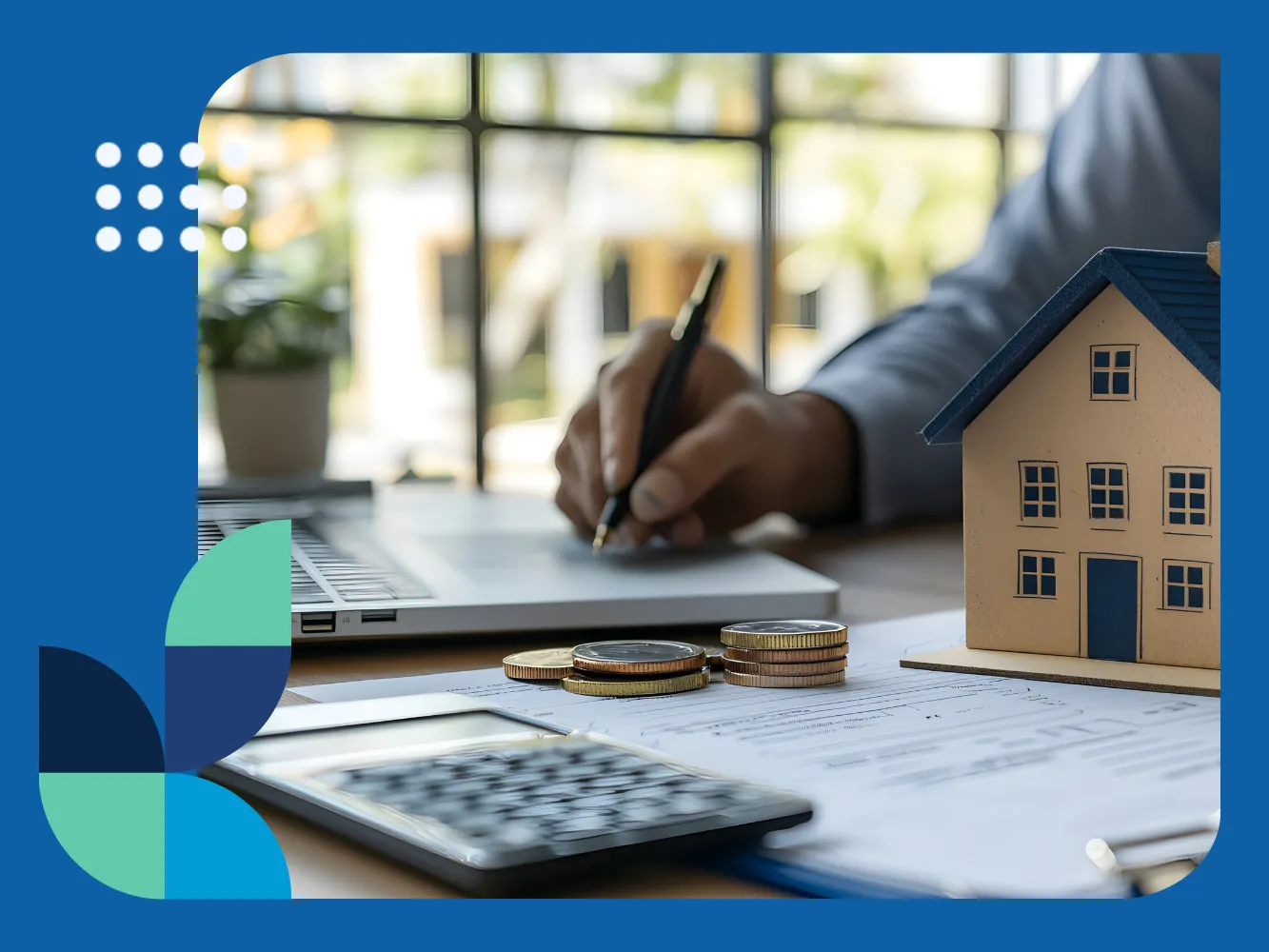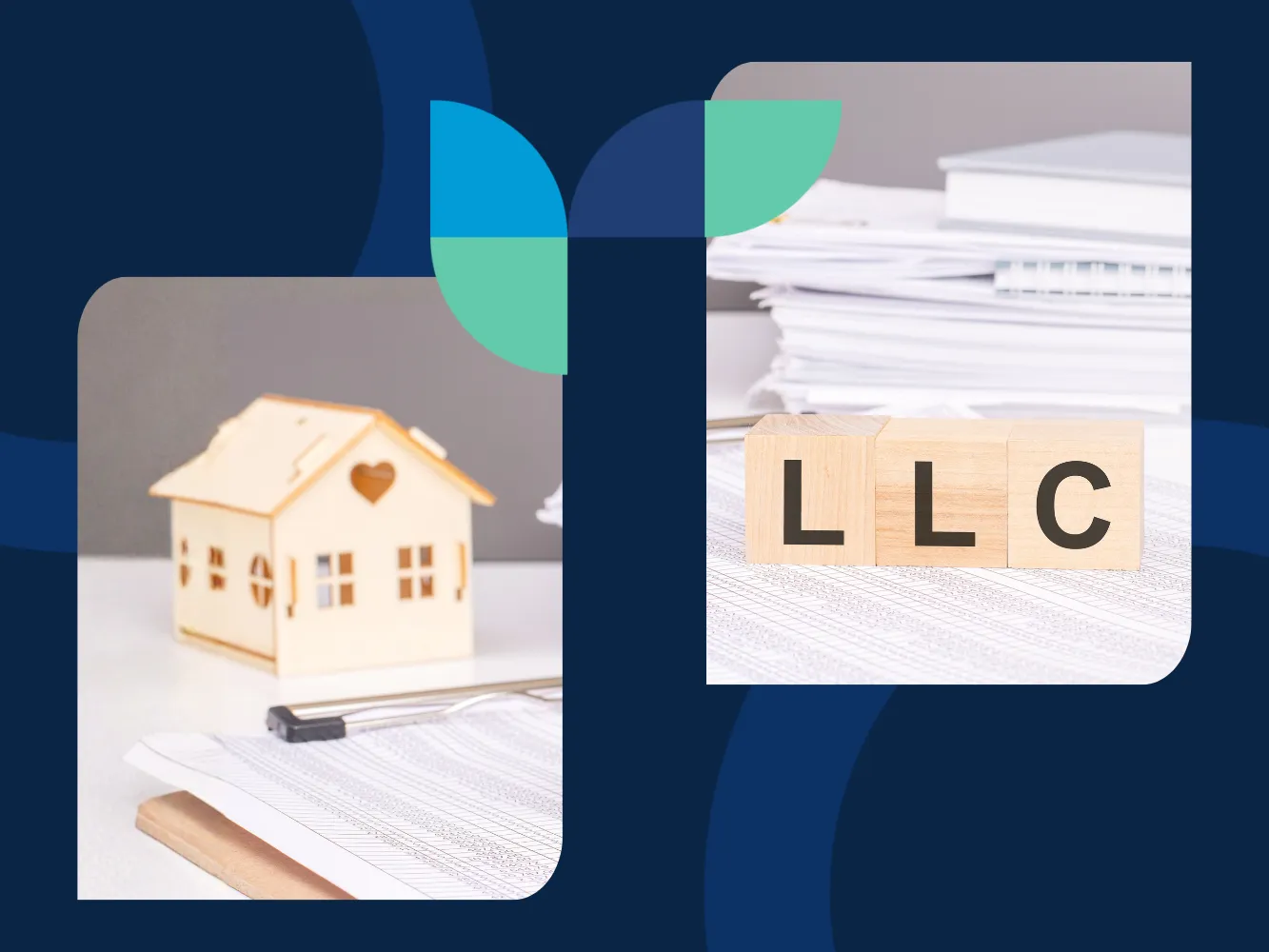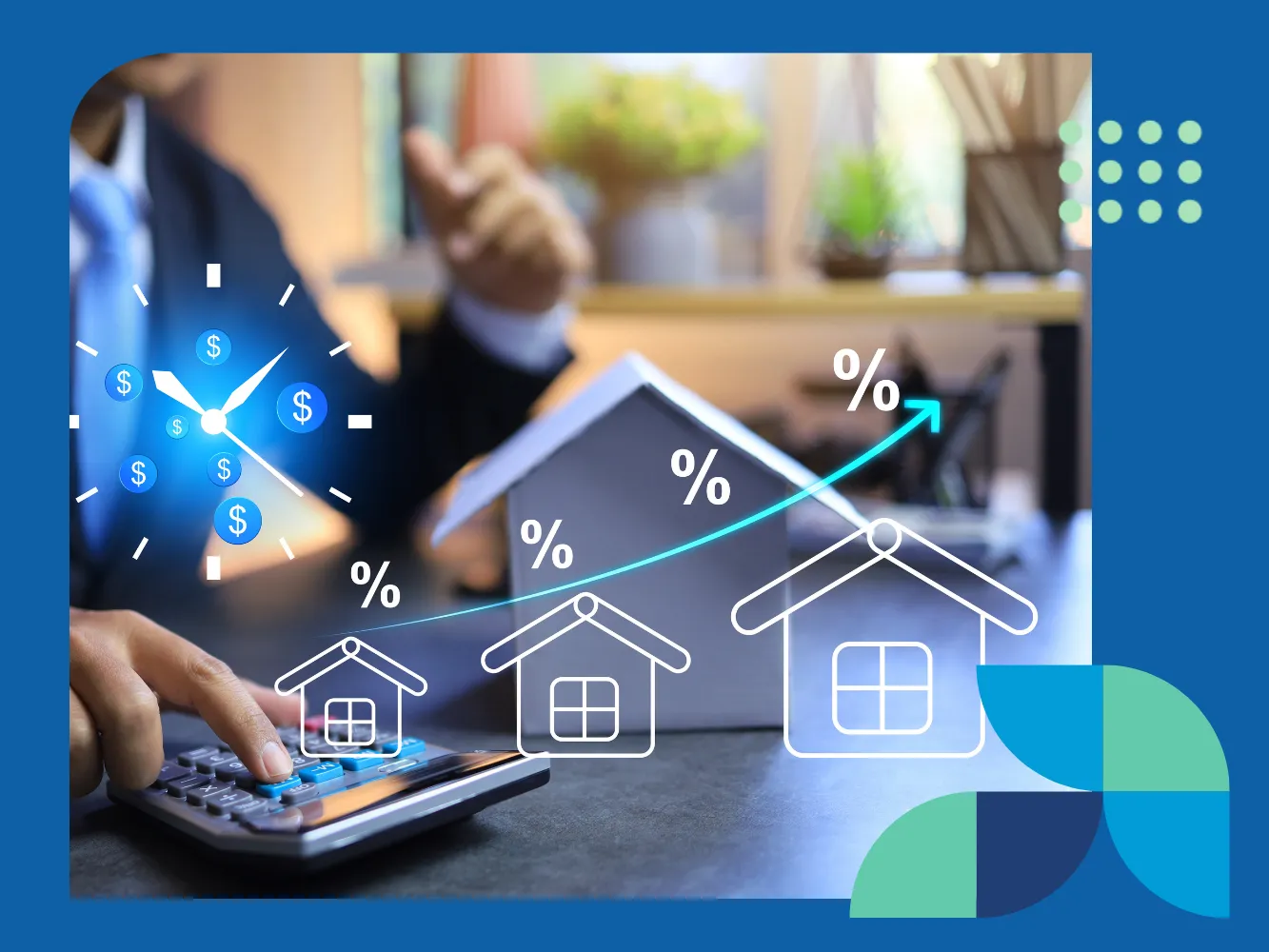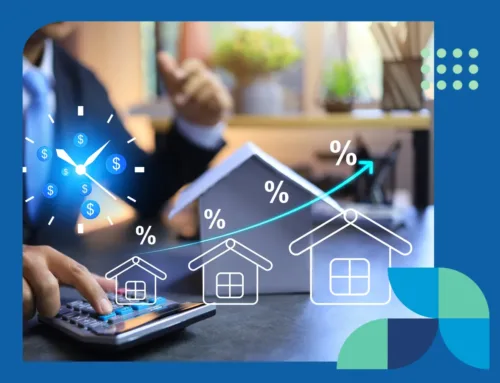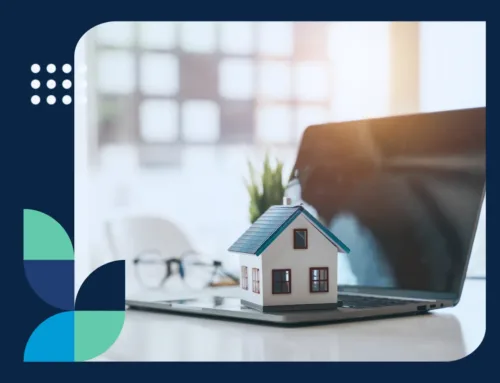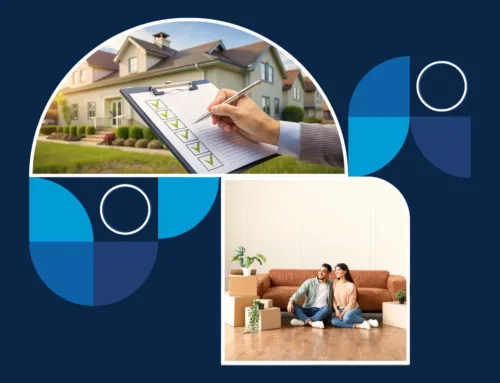Managing rental property remotely isn’t just possible today; it’s efficient, scalable, and often preferable. Whether you live in another city or another state or spend part of the year elsewhere, you can stay entirely in control of your investment without being physically present.
This guide outlines how to manage a rental property remotely with the level of professionalism, stability, and foresight that modern real estate management requires.
What Remote Property Management Really Demands
At its core, managing property remotely means building an ecosystem that functions smoothly without your physical presence. That ecosystem includes:
-
A reliable on-site team or individual
-
Technology that gives you visibility and control
-
Clear resident communication systems
-
Legal and financial diligence
-
Contingency planning for unexpected issues
Let’s break down each of these pillars.
Build a Strong Local Support System
If you’re not on-site, someone you trust must be.
Your Options for Local Presence:
| Support Role | Responsibilities | Best For |
|---|---|---|
| Licensed Property Manager | Rent collection, maintenance coordination, lease enforcement, resident relations | Full-service oversight |
| Handpicked Vendor Network | Plumbing, HVAC, electrical, general repairs | Targeted maintenance and emergencies |
| Trusted Local Contact | Visual checks, emergency access, coordination support | Backup during turnovers or PM transitions |
What to Look for in a Property Manager:
-
Experience managing rentals for out-of-state landlords
-
Strong communication and digital reporting practices
-
Local knowledge of compliance, vendors, and leasing trends
Once selected, formalize expectations in a written agreement. Detail everything from communication frequency to repair approvals.
If you’re self-managing, build direct relationships with 2–3 vendors per trade and always have backup contacts.
Screen Residents with Confidence, Even From Afar
Choosing the right resident is one of the most critical decisions you’ll make, especially when you can’t meet them face-to-face. Remote screening must be consistent, data-driven, and compliant with legal requirements.
Use a professional screening process that includes:
-
Online rental applications (through platforms like RentPrep, Avail, or TurboTenant)
-
Full credit and background checks
-
Employment and income verification
-
Reference calls to previous landlords
-
Video interviews to establish expectations and gauge fit
If you’ve hired a property manager, confirm that their screening process matches your standards. A reliable resident reduces the need for reactive management—something every out-of-state landlord should prioritize.
Leverage Property Management Technology
Modern tools enable you to manage payments, maintenance, and visibility remotely without the need to set foot on-site.
Essential Platforms for Remote Owners:
| Function | Recommended Tools | Key Features |
|---|---|---|
| Rent Collection & Accounting | RentRedi | Online payments, ledger access, automated late fees, reports |
| Maintenance Coordination | App integrations | Photo-based repair requests, status tracking, vendor scheduling |
| Inspections & Walkthroughs |
ZInspector, Matterport, Remote HQ |
Virtual inspections, 3D tours, photo documentation |
| Communication Hub |
TenantCloud, Hemlane, centralized email platforms |
Message logging, alerts, templates |
These tools don’t just bridge the distance—they professionalize your operations.
Establish a Clear Communication Framework
Out-of-state landlords cannot afford disorganized communication. Clarity prevents misunderstandings and ensures smooth operations.
Set Expectations Early:
-
Add a communication clause in your lease: how residents should reach you (or your manager), response times, and what qualifies as an emergency.
-
Use a shared platform (not text messages) so all correspondence is centralized and easy to reference.
Good communication builds trust. Trust reduces resident turnover, late payments, and complaints, even from miles away.
Stay Compliant with Local Laws and Tax Duties
Owning a rental property in another state still means being fully responsible for that location’s laws, taxes, and resident rights.
Legal & Regulatory Checklist:
| Requirement | What to Know |
|---|---|
| Rental Registration | Some cities require registering your property annually |
| Habitability & Safety Inspections | Smoke detectors, carbon monoxide detectors, lead paint, etc. |
| Security Deposit Compliance | States differ in max amounts, timelines for return, and storage requirements |
| Eviction Laws | Timelines and notice requirements vary widely |
| Rent Control | Some areas limit increases or impose caps |
Tax Considerations:
You’ll typically need to:
-
File rental income taxes in the property’s state
-
Report rental income federally
-
Possibly pay taxes in your home state, too
Consult a CPA familiar with multi-state filings to avoid missteps and optimize your deductions.
Handle Lease Renewals and Turnovers Like a Pro
Lease renewals and turnovers are pivotal moments in the rental lifecycle, and they don’t need to be stressful just because you’re remote.
For lease renewals:
-
Send renewal notices 90–120 days before expiration.
-
Offer lease extensions digitally using platforms like DocuSign.
-
Adjust the rent based on local market data from sources such as Rentometer or Zumper.
-
Consider offering perks like minor upgrades or rent discounts to long-term residents.
For turnovers:
-
Schedule virtual move-out inspections.
-
Use standardized move-out checklists.
-
Coordinate cleaning, repairs, and marketing through your local vendors or property manager.
-
Use updated photos and virtual tours to re-list quickly and attract qualified residents.
Create a Contingency Plan
Remote landlords must prepare for what-ifs, including storm damage, vendor no-shows, and property manager turnover.
Your contingency plan should include:
-
A vetted list of secondary vendors
-
A backup property manager (or interim point of contact)
-
Remote-friendly insurance policies covering loss of rent, natural disasters, and liability
-
Digital storage for leases, payment records, maintenance logs, and inspection reports
When your primary system is disrupted, your contingency plan takes over seamlessly.
Managing U.S. Property from Outside the Country
Some landlords operate internationally, managing rental property in the U.S. from overseas. If that’s your situation, take note of these additional considerations:
-
Banking: Use online rent collection platforms that deposit into a U.S.-based bank account.
-
Time Zones: Establish clear response expectations with your vendors and residents, particularly for emergencies.
-
Legal/Tax: Work with a CPA familiar with FIRPTA (Foreign Investment in Real Property Tax Act) and relevant tax treaties.
Technology, clear agreements, and professional partnerships can make managing U.S. rentals from abroad just as feasible as managing them from out of state.
Hire a Property Manager You Can Rely On
Managing rental property remotely doesn’t mean doing it all yourself. The most successful remote landlords are the ones who know when to delegate. A qualified property manager isn’t just a convenience—they’re your boots on the ground, your problem-solver, and your resident relationship expert.
A good property manager will:
-
Handle all day-to-day tasks, from rent collection to repairs
-
Communicate with residents professionally and consistently
-
Conduct property inspections and document every detail
-
Ensure full legal compliance with local landlord-resident laws
-
Keep you informed without overwhelming you
Think of them as your business partner—someone who protects your investment and your time.
Why Work with PURE Property Management?
At PURE, we don’t just manage properties—we manage outcomes. Our systems are built for remote landlords who want clarity, confidence, and control without being on-site. With over 40 local offices nationwide and a deep understanding of local laws, markets, and vendors, we provide tailored services that feel anything but distant.
Frequently Asked Questions
Can I manage a rental property remotely without a property manager?
Yes—but it requires a strong system for maintenance, rent collection, and communication. Self-managing landlords often rely on platforms like RentRedi, Avail, or Hemlane, combined with local vendor relationships.
What’s the best software for remote landlords?
For portfolios of 1–10 properties, RentRedi or TenantCloud offer excellent features. For larger portfolios or multi-unit properties, Buildium or AppFolio provides robust automation and analytics.
How do I handle maintenance issues remotely?
Utilize a maintenance portal that enables residents to submit repair requests with accompanying photos and descriptions. Keep a list of local vendors ready to respond to your needs. Authorize and track repairs remotely.
What happens if a resident stops paying rent and I’m not local?
Work closely with your property manager or attorney to ensure compliance with local eviction laws and regulations. You can initiate notices and proceedings remotely, but your property team will handle the local steps.
Adopt the Right Mindset
Being an out-of-state landlord isn’t a handicap. It’s a strategic position. The most successful long-distance property owners:
-
Use data, not assumptions, to make decisions
-
Empower qualified professionals to act on their behalf
-
Invest in reliable tools and relationships
-
Think like business owners, not caretakers
Remote rental management is less about distance and more about discipline. Build smart systems, stay informed, and lead with clarity.
Final Thoughts
Managing a rental property remotely requires systems, discipline, and a high level of trust. But with the right tools and partnerships, it’s not only possible—it’s often more efficient than being on-site.
At PURE Property Management, we specialize in working with remote landlords. We’re built for long-distance trust. From resident screening to maintenance to legal compliance, we handle everything you can’t—and keep you informed every step of the way.
Wherever you live, your property is in good hands.

